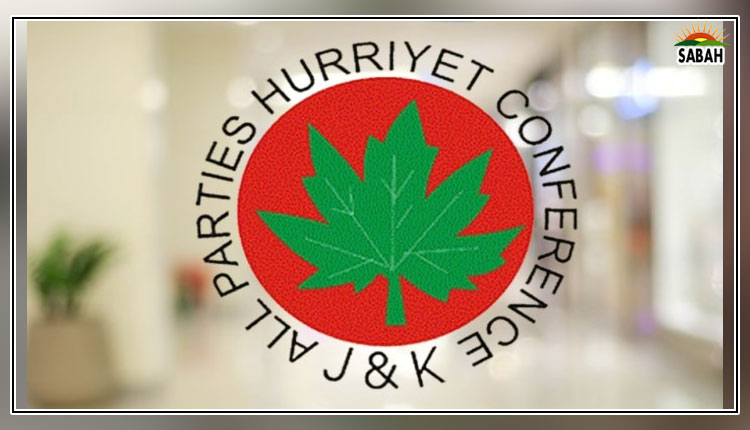Two more ministers….. Dr Pervez Tahir
Two ministers have been added to a cabinet that is already larger than the limited mandate of the caretaker government. Were there any critical gaps in the skillset of the existing cabinet, the portfolios of the new entrants would have been known in advance. At the time of writing, no information was available on the allocation of portfolios. The information minister asserts that the cabinet is still very small. He is referring to Article 92(1) of the Constitution that places the upper limit of 11% of the total membership of the Parliament on the strength of the cabinet. It is another matter that the Parliament does not exist and there is no compulsion or pressure to accommodate party loyalists or political allies. It also goes without saying that there is an economic emergency and fiscal prudence ought to be observed in form as well as substance.
The restriction of 11% was inserted in the Constitution by the 18th Amendment in 2010. Before that, there was no bar on the size. Yet the cabinets were smaller. After the provision became effective in 2013, the limit has been crossed with no consequences. Eleven per cent works out at 49, quite a large number even if you look at cursorily. If you probe deeper into it, there is no knowing how such a precise number was arrived at for a country running persistently large fiscal deficits. Perhaps the chair of the committee on the 18th Amendment, Mian Raza Rabbani or some other member can enlighten us on this.
A rational approach would bear relationship between the number of subjects and the number of ministries. The spirit of the 18th Amendment was to reduce the size of the federal government and devolve to the provinces what genuinely belonged there. Before the Amendment, the Federal Legislative List, Part I, comprised 59 subjects. The Amendment omitted six of these subjects. In the Part II of the Federal List falling in the jurisdiction of the Council of Common Interests, some ten subjects were added. All of these did not require separate ministries. Most important of all, the Concurrent List was abolished. It consisted of 47 subjects that now, by definition, shifted under the executive authority of the provinces. As is obvious, the magic 11% size of the cabinet has nothing to do with the effective functioning of the federal government. Little wonder, the cabinet size at times is more than 11%. The violation has more to do with the tendency to accommodate party loyalists and allies, besides friends and relatives.
I have to repeat what I wrote here in the week before last: “Ten Ministries and fourteen Divisions is all that takes to run the federal government smoothly, economically and consistent with the 18th Amendment. This also provides the strongest entry point for cutting expenditure and civil service reform.” Article 92(1) needs to be amended to omit the % sign. But this will only be the first step. If the much larger limit of 11% can be exceeded, a much smaller limit of 11 will likely be violated even more. Should the violators be sanctioned? Sanctions are a feature of criminal law, not constitutional law. Political class is the creator of the constitution. Sanctioning it can lead to instability; so can the failure to form a government due to the strict observance of limit on the cabinet size. Regrettably in Pakistan, judiciary’s intervention to uphold the constitution has a mixed record. This is not to suggest that we should give up on improving constitutional provisions. It’s always a process.
Courtesy The Express Tribune, September 15th, 2023.












